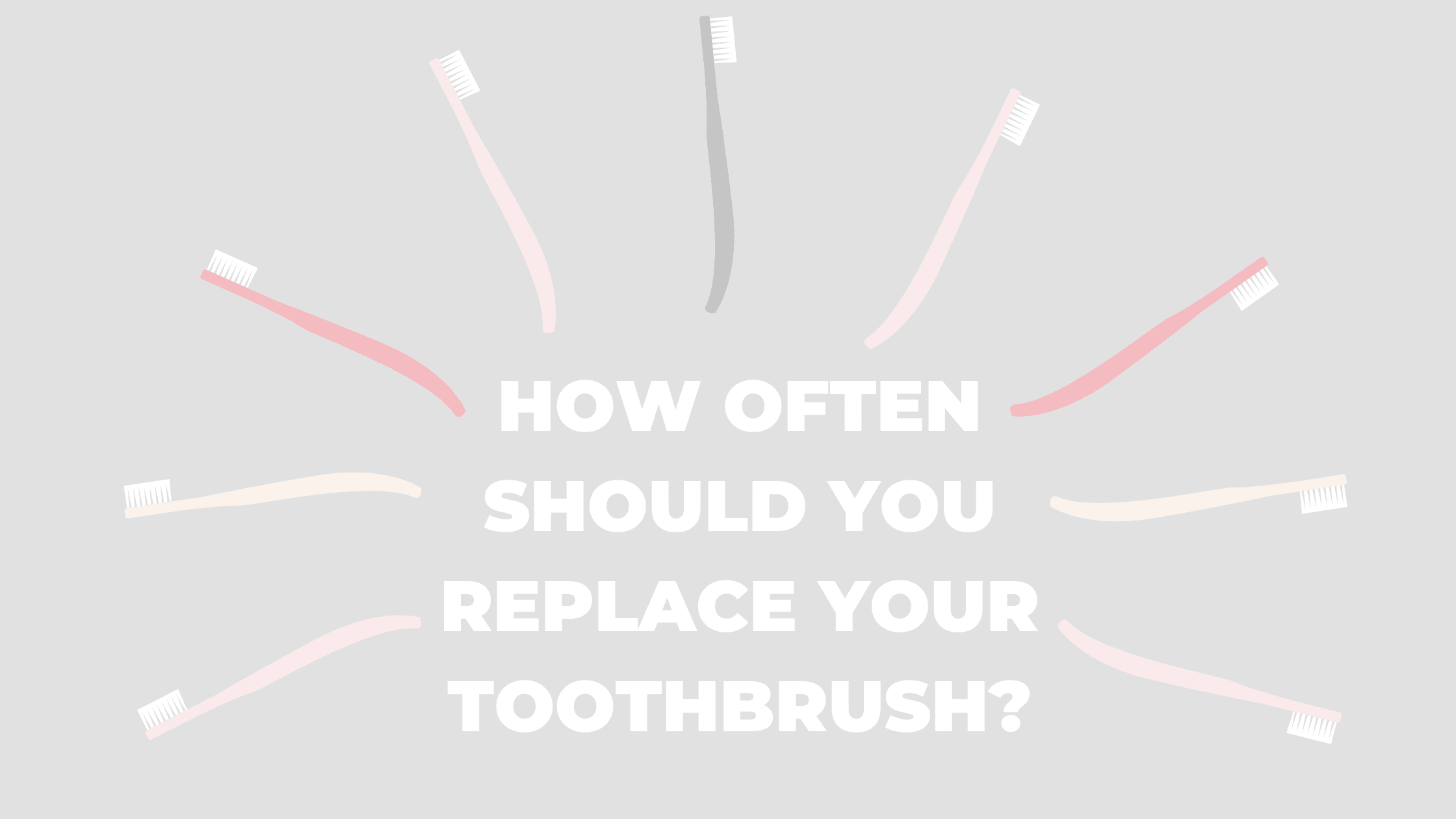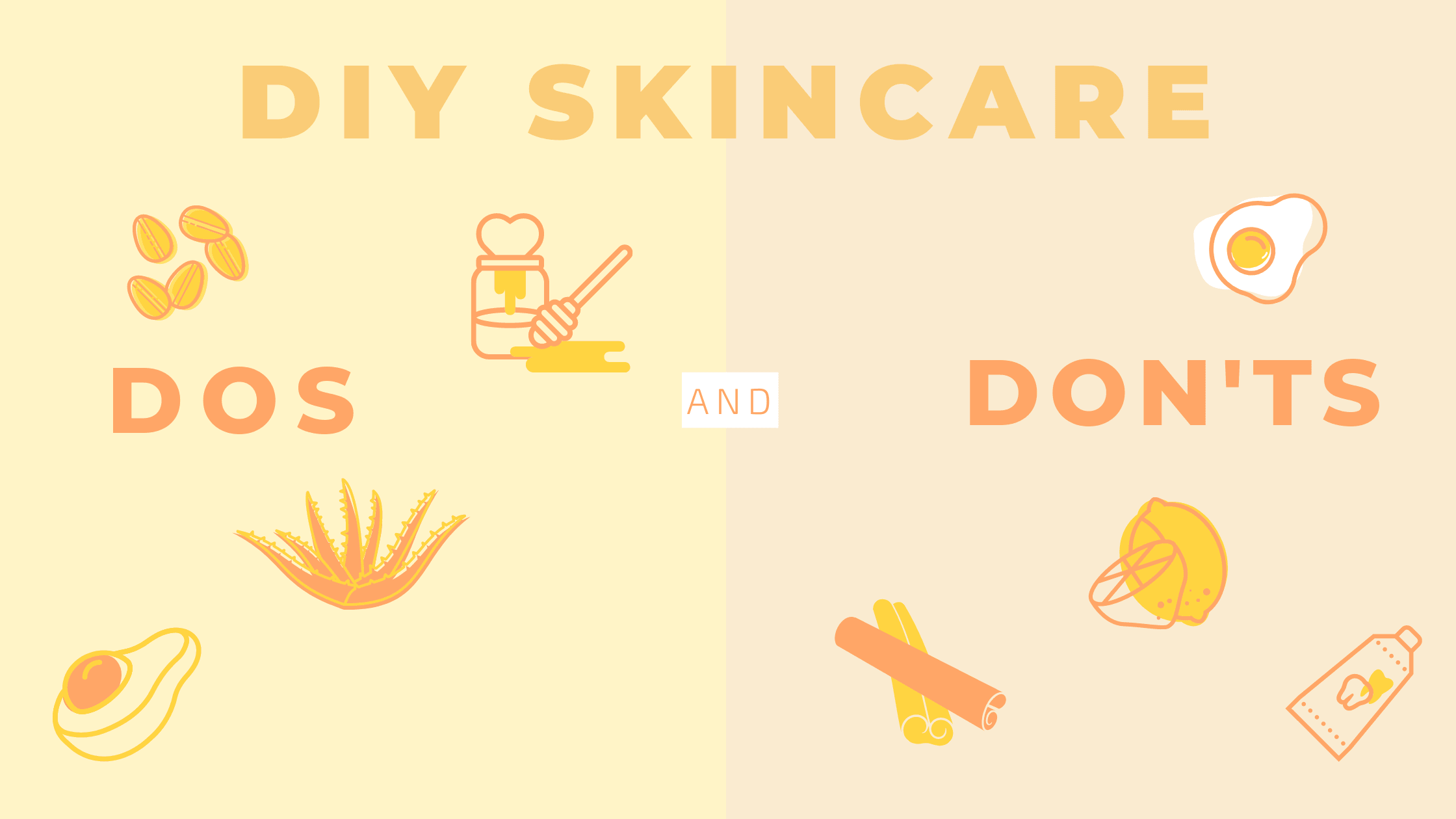
How Often Should You Replace Your Toothbrush?
Good oral hygiene habits don’t come instinctively. Toothbrushing didn’t become a commonplace habit until the 1700s, so we (and our noses) are lucky to be living in a time where most people brush twice a day. Not everyone has all of the answers to all of their dental care qualms, but luckily here at Cleure, our founder, Dr. Flora Stay, is a long-time dentist and professor of dentistry who can help provide some tips that will guide you toward a healthy smile.
While taking care of your teeth seems pretty straightforward, there are several intricacies that will ensure you are achieving optimal results. Brush at least twice a day, use a pea size amount of toothpaste, floss between every tooth, so on and so forth.
But it’s not just about how you brush, but also what you brush with.
Your toothbrush and toothpaste are your tools to fight plaque, prevent cavities, and control bad breath, so you want to keep them in the best shape possible. Toothpaste is simple. When you’ve squeezed out every last bit of toothpaste that you possibly can, buy a new tube, but what about your toothbrush? When does that need to be replaced?
How Often Should You Change Your Toothbrush?
The standard answer that the ADA (American Dental Association) gives is: you should replace your toothbrush every 3-4 months.
Think about the last time you replaced your toothbrush. Was it more than 16 weeks ago? Can you even remember it? If not, it’s ok, you’re not alone. A randomized survey of 1000 people conducted by Electric Teeth USA showed that 42% of those surveyed do not change their toothbrush or brush head every 3 months, and it’s likely that these results carry over to larger populations.
It’s understandable since not everyone understands the ramifications of overusing their toothbrush.
Why You Need to Replace Your Toothbrush
Over time, toothbrush bristles start to wear down from the motion of brushing and the exposure to water, saliva, and toothpaste. The bristles start to flare out or curl, and they aren’t as effective at brushing away food and removing plaque. If plaque isn’t properly removed, it can lead to tooth decay and cavities, and on top of that, since the bristles are more uneven as time goes on, the jagged bristles can wear down enamel and damage your gums. All of this can mean expensive dental work is in your future. Wouldn’t you rather just pay the extra couple of bucks for a new toothbrush every few months?
If that all hasn’t convinced you, then be aware that the bacteria that comes from built-up plaque can cause bad breath. Which nobody wants, especially the people you’re friends, family, and colleagues who you’re face-to-face with regularly
Cases where you’ll need to change your toothbrush more often
Sometimes you’ll need to replace your toothbrush before the 3-4 month mark hits.
- If you're a little abrasive with your brushing, or you brush more than twice a day, and your bristles start to fray before the 12 week mark, then you should go ahead and pick up a new toothbrush.
- Electric toothbrush heads typically also need to be replaced more often than standard manual toothbrushes because the combination of their shorter bristles and the quick spinning or vibrating motions they endure causes the bristles to wear down quicker.
- If you or someone you share a bathroom with has recently been sick with a cold or respiratory infection like strep throat, then you should replace your toothbrush immediately after you are no longer experiencing symptoms of the illness. This will help avoid reinfection and stop the spread of sickness.
- Children are known to gnaw on their toothbrush, so parents should keep an eye on their kids’ toothbrushes and look for signs that they need to be replaced.

How to maintain your toothbrush
In the months that you have your toothbrush, you should make sure you properly clean and store it to lengthen its lifespan and keep it from harboring bacteria.
Rinse your toothbrush after each use, and store it in an upright position in the open air. Covering a wet toothbrush with a cap gives bacteria a more optimal, moist environment to breed. While the ADA says there isn’t much evidence to show that a small amount of bacteria has any adverse health effects, it’s better to keep your toothbrush good as new for as long as possible.
How to Remember to Change your Toothbrush
- Set a reminder in your calendar, planner, or phone
- Change it with the seasons
- If you keep up-to-date with your biannual dentist checkups, change it after each of those, and about halfway in between



Leave a comment
This site is protected by hCaptcha and the hCaptcha Privacy Policy and Terms of Service apply.